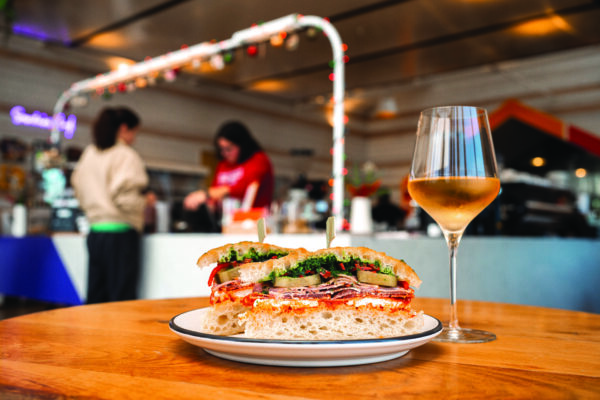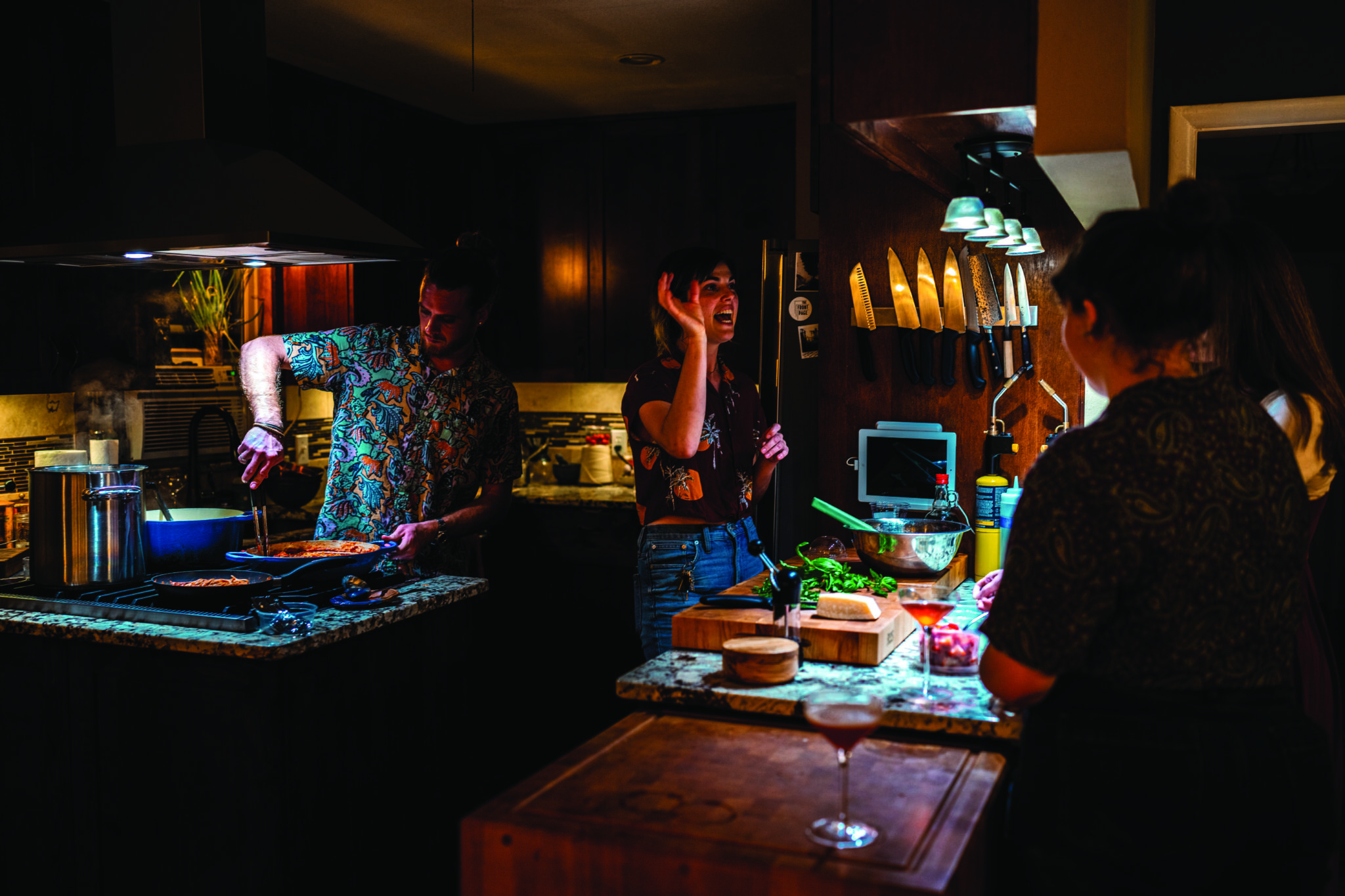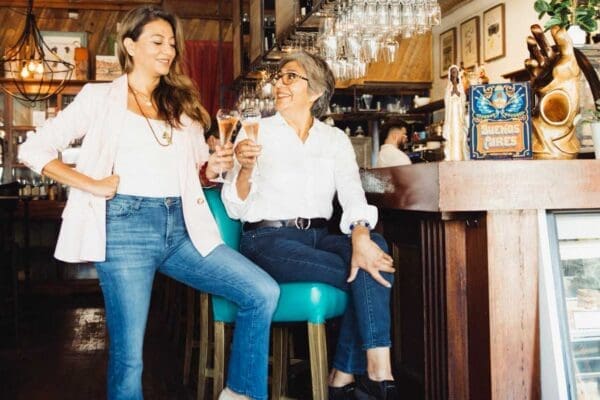Primary Colors {Debbie Kizer }
Painter + Founder of Imagine Art // 23 Years
Words by Jessi Devenyns Photos by Eric Morales
Q: What is the artist community like today? How has that changed from what it was like in the past?
A: In 2006, it didn’t seem like there were a lot of formation in the arts or that people were collaborating or promoting or raising up artists in East Austin. I think the East Austin Studio Tour has made a giant effort to bring attention to artists in East Austin in particular. As a result, the artists have stood up and been more recognized and focused on their own formation. And in the last five years, the City of Austin Cultural Arts Division has done a ton of work in East Austin like mapping cultural assets in the area. It helps people identify with cultural districting and cultural activity and the economic impact of all that.
Q: What is needed for stabilization and longevity within the arts community?
A: Space, affordable space, it’s pretty giant. And with the space affordability issue being citywide, it’s an issue for art organizations and independent artists. Obviously their income has to be significantly higher in order for them to maintain and sustain their operations, whether it be their personal studio or a facility like Imagine Art. I personally think waiving tax payments for art organizations is an option. Other options might be available to either do tax waivers where privately owned businesses or owners of a property could apply for waivers if nonprofit arts were leasing their space.
Q: What advice would you offer to new galleries or communal art spaces?
A: I think that they must have a diversity of funding streams. They have to meet viable needs just like any market. You can’t just have art on the wall as a gallery or be a studio space that’s serving six artists. So try creatively leveraging public-private partnerships and doing earned revenue types of activities that bring in various revenues. And I think that artists have a lot of opportunity in the city because there is funding, especially for those in the disability arena or the at-risk populations of youth or women.
Q: What can the public do to help support the arts community?
A: Patronage. You know, a lot of times when we do our exhibits or have our gallery openings, it’s the same people who are coming. And I don’t know that people really know that, ‘We’re in your neighborhood. This is who we are, and this is what we’re doing.’











